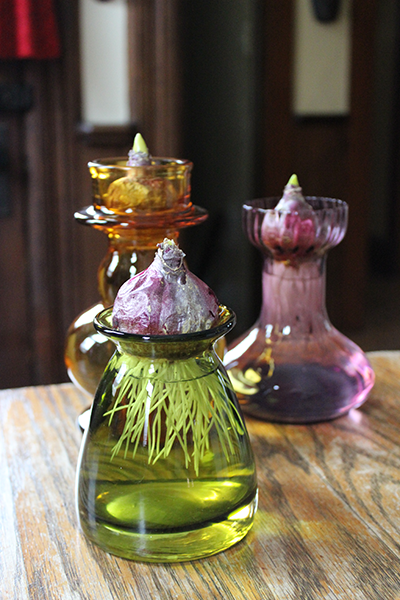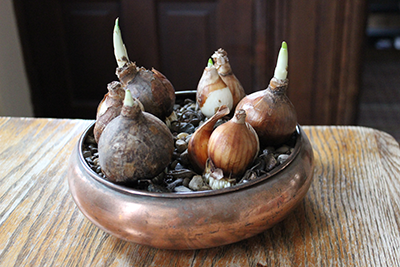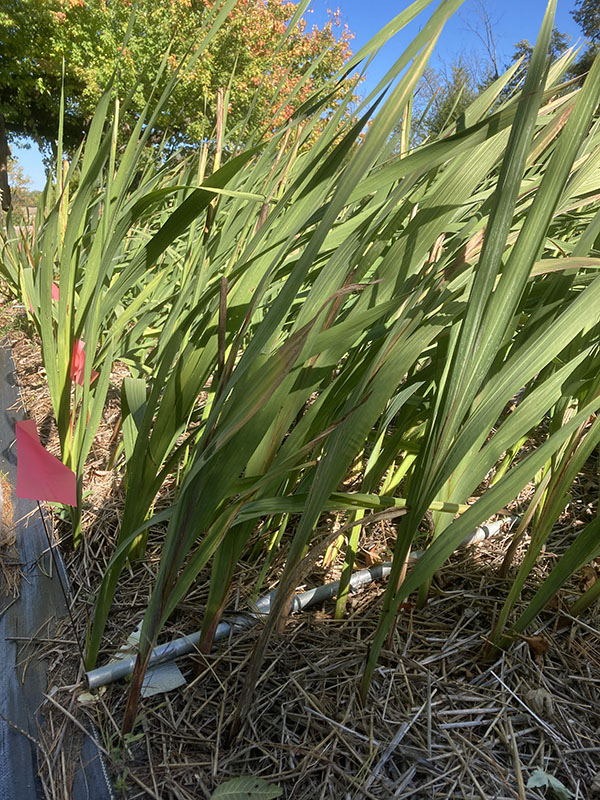When will my order arrive? We are shipping to zones 4 and 5a first and then will be going by the date the order was placed - with some going as far back as last January. We are hoping to have the majority of current orders shipped by October 19, assuming all of our varieties have arrived by then (and unless you requested later shipping.) We’ll send an email when your box leaves here with tracking information so you can see when it’s likely to arrive. We are every bit as eager to get them to you as you are to receive them!
It’s still too warm to plant in my area - will the bulbs be harmed by waiting? It’s fine to store your bulbs until the weather cools. Keep them in a cool, dark place and mark your calendar to remember them. Each spring we hear from someone who just found their bulbs in that cool, dark place, and unfortunately that’s often too late for them to do well when planted. In general, they should be fine for a month or so, but please check bag tags upon arrival for variety-specific planting needs: some should go in earlier either, like peonies or lilies, for example.
We just had frost - is it too late to plant my bulbs? No, they’ll be fine. Bulbs prefer cool soil and as long as the ground hasn’t frozen they’ll be able to put down their roots. If you’re concerned about an early winter, prepare your planting area now and cover it with mulch or a tarp to give it some insulation until you’re able to plant.
How do I know which end should be planted up? Most bulbs have a teardrop sort of shape and the narrow end should go up with the wide end at the bottom. If you can’t tell which end is which (as with Eranthis), plant them on their sides and the stem and roots will use gravity to determine which way to grow. You can consult the planting instructions which come with the bulbs for any special instructions for a variety.
How can I protect my bulbs from animals? If animals dig up your newly-planted bulbs, including ones like daffodils that they don’t even eat, try covering their bed with plastic bird-netting, wire mesh, a window screen, or burlap bags for a few weeks until the inviting smell of freshly-dug earth disappears. Or try spraying the bed with nontoxic but foul-tasting Repels-All (sold in many garden centers and hardware stores) or sprinkling the granular form around the bulbs as you plant them.
If animals burrow to your bulbs, either plant them in wire-mesh boxes, buried plastic pots covered with chicken wire, crushed shale including PermaTill or VoleBloc, or sprinkle the granular form of Repels-All around the bulbs as you plant them.
Moles often disturb bulbs as they dig for grubs. Killing the grubs (try beneficial nematodes or spraying your lawn with bitter, organic Mole-Med) will reduce the moles - and this will make it harder for voles and mice which often use mole tunnels to feast on your bulbs.






























